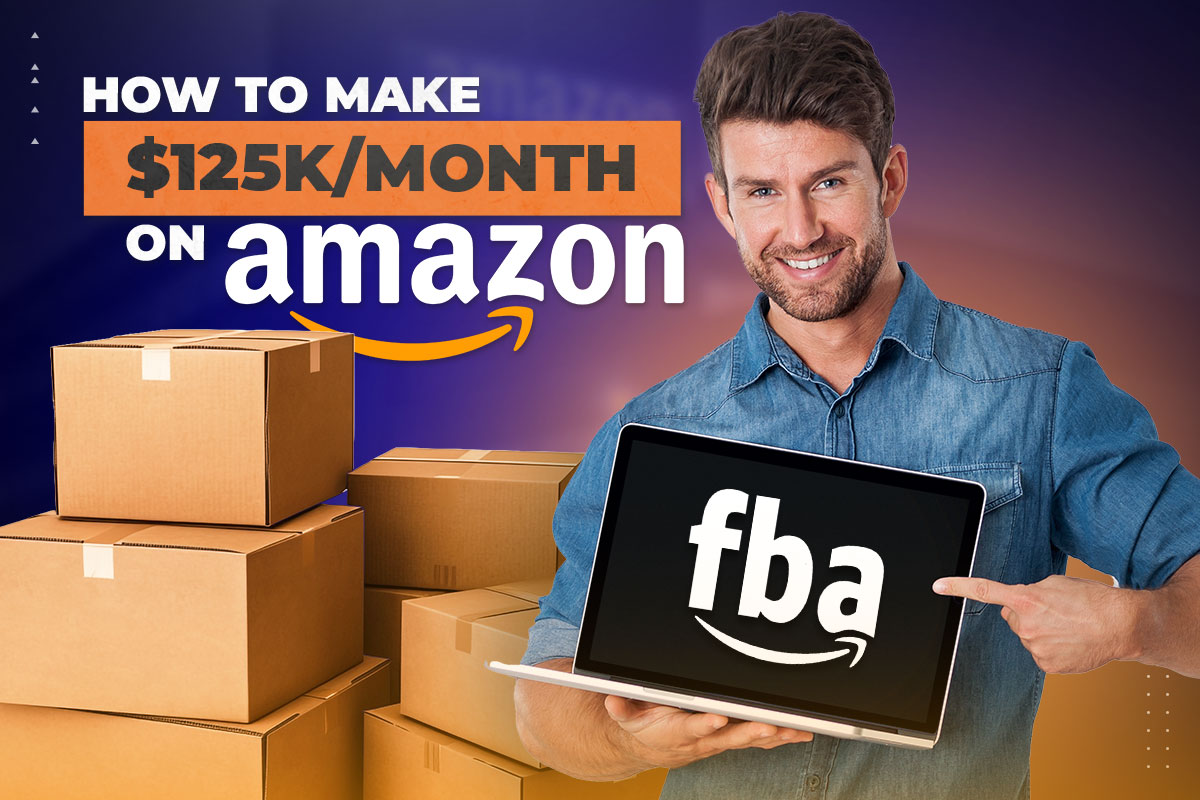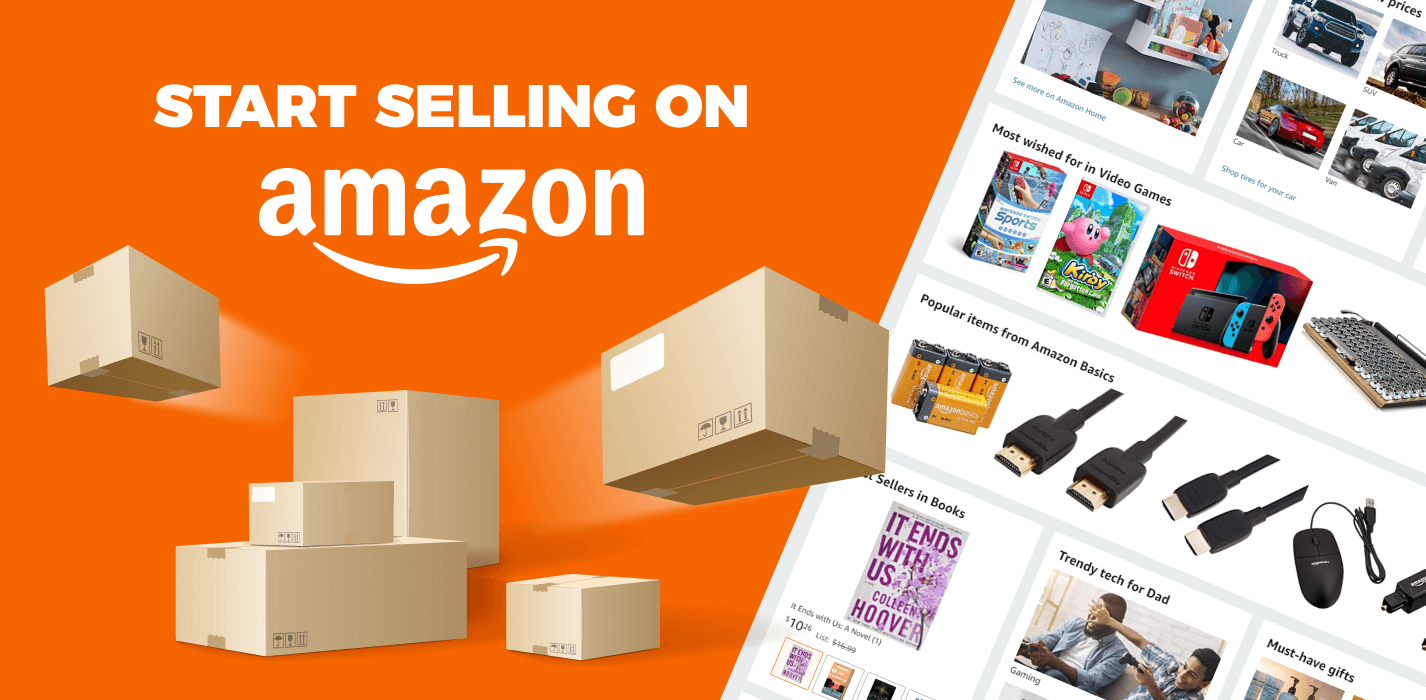In Part 1, we covered the essential steps to get your Amazon FBA business up and running, from research and sourcing to shipping and optimization. Now, in Part 2, we’ll dive deeper into advanced strategies to scale, protect, and grow your Amazon business for long-term success.
Step 11: Master Amazon SEO and Keyword Strategy
Search visibility is everything on Amazon. To rank higher and drive more sales:
- Conduct in-depth keyword research using tools like Helium 10, MerchantWords, and Ahrefs.
- Place primary keywords in titles, bullet points, and backend search terms, while secondary keywords can go in descriptions.
- Continuously test and update keywords to stay aligned with customer search behavior and seasonal trends.
Step 12: Leverage Amazon PPC Advertising
Pay-Per-Click (PPC) campaigns help boost product discoverability and sales momentum.
- Start with Automatic Campaigns to gather keyword data, then refine with Manual Campaigns.
- Use Sponsored Products to increase visibility, Sponsored Brands for brand awareness, and Sponsored Display Ads for remarketing.
- Monitor ACOS (Advertising Cost of Sales) to ensure profitability and optimize regularly.

Step 13: Build and Protect Your Brand
Establishing a strong brand presence gives you long-term stability.
- Enroll in Amazon Brand Registry to gain protection against counterfeit sellers and access advanced tools like A+ Content and Brand Analytics.
- Create a memorable brand story with professional packaging, logos, and consistent branding.
- Use A+ Content to enhance product listings with visuals, comparison charts, and storytelling.
Step 14: Expand Your Product Line
Once your first product gains traction, scale by adding complementary or bundled products.
- Analyze sales data to identify opportunities for upsells, cross-sells, and bundles.
- Diversify into related niches to reduce dependency on a single product.
- Test small quantities before scaling to reduce risk.
Step 15: Explore International Markets
Amazon has marketplaces worldwide (US, UK, EU, Japan, etc.). Expanding globally allows you to reach millions of new customers.
- Research demand in target countries before entering.
- Understand international shipping, customs, and tax requirements.
- Use Amazon’s Global Selling Program to simplify expansion.
Step 16: Automate and Outsource
As your business grows, managing everything yourself becomes overwhelming.
- Use inventory management software (e.g., RestockPro, SoStocked) to streamline operations.
- Hire Virtual Assistants (VAs) for tasks like customer service, product research, and order management.
- Automate feedback requests and email marketing campaigns to maintain customer engagement effortlessly.
Step 17: Protect Your Business and Finances
With growth comes responsibility. Safeguard your operations:
- Register your business legally and separate personal from business finances.
- Track profit and expenses with accounting tools like QuickBooks or Xero.
- Protect intellectual property with trademarks and patents where applicable.
Step 18: Manage Reviews and Reputation
Reviews are one of the strongest trust signals on Amazon.
- Encourage satisfied customers to leave reviews (while following Amazon’s guidelines).
- Handle negative reviews professionally—address issues, offer solutions, and learn from feedback.
- Use review monitoring tools to get alerts and respond quickly.
Step 19: Monitor Competitors and Market Trends
The Amazon marketplace evolves constantly.
- Keep an eye on competitors’ pricing, strategies, and product launches.
- Stay updated on emerging niches and evolving consumer behaviors.
- Use data-driven insights to stay ahead of market shifts.
Step 20: Build a Long-Term Growth Plan
Amazon FBA can be the foundation for a sustainable business if you think long-term.
- Reinvest profits into product development, branding, and marketing.
- Diversify your sales channels by expanding into Shopify, Walmart Marketplace, or eBay.
- Build an email list and social media presence outside Amazon to reduce reliance on a single platform.
✅ Final Note:
Part 2 is about shifting your mindset from simply “running a store” to building a brand and business that lasts. By mastering SEO, advertising, branding, and expansion strategies, you can transform your Amazon FBA journey into a scalable, profitable business that thrives even in a competitive market.























